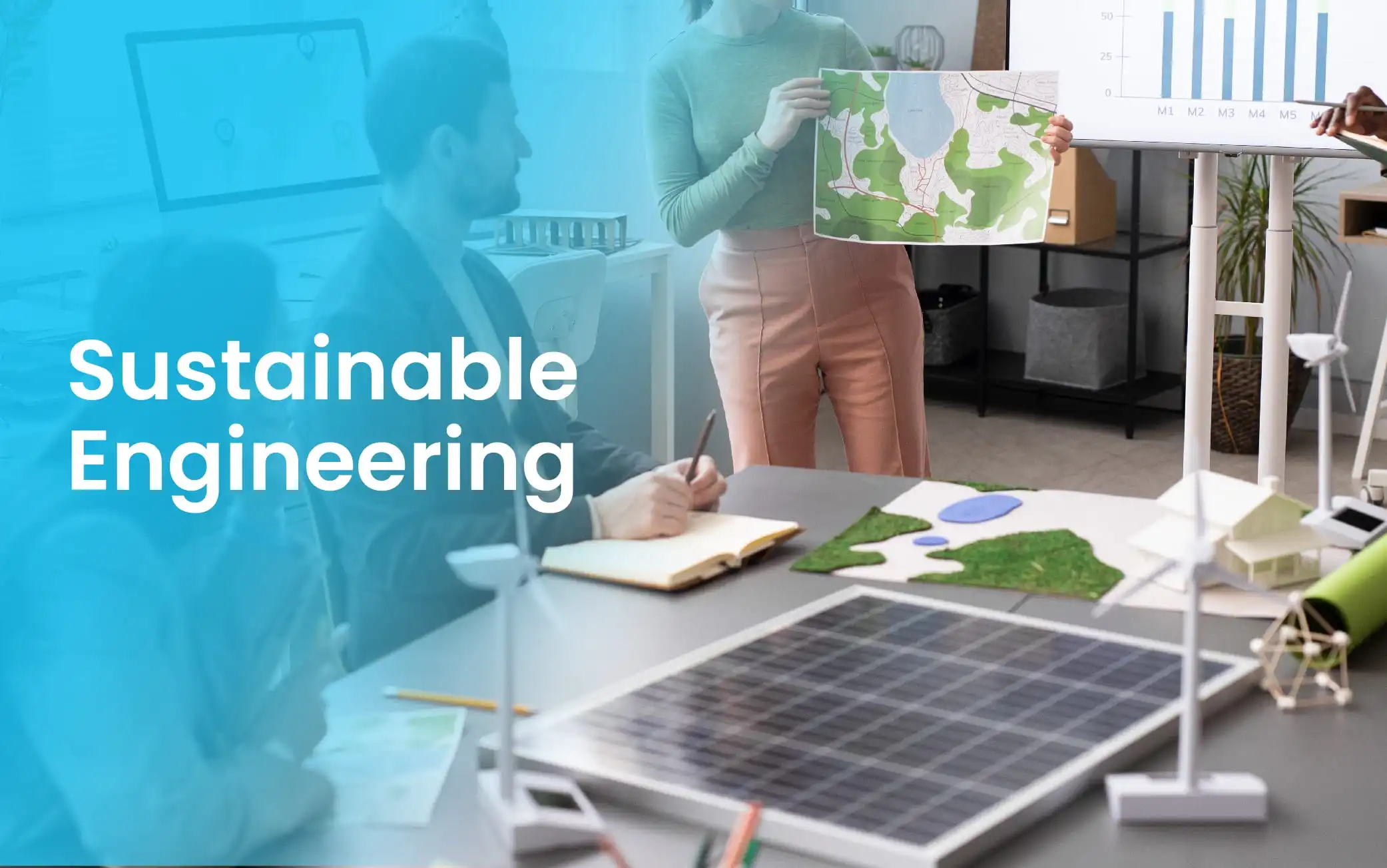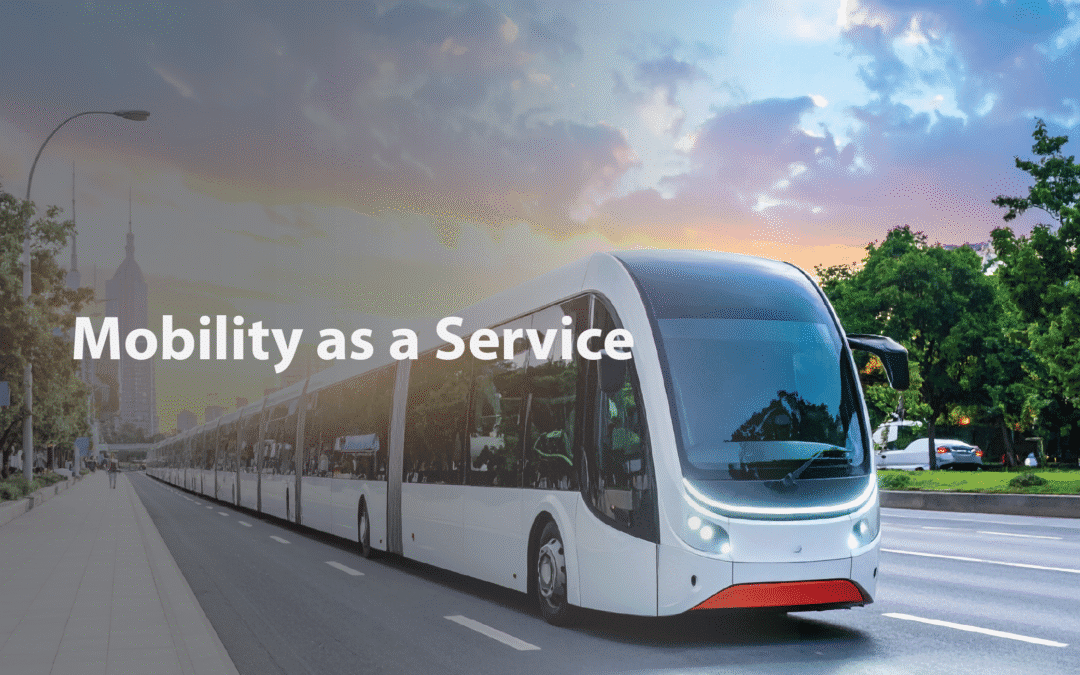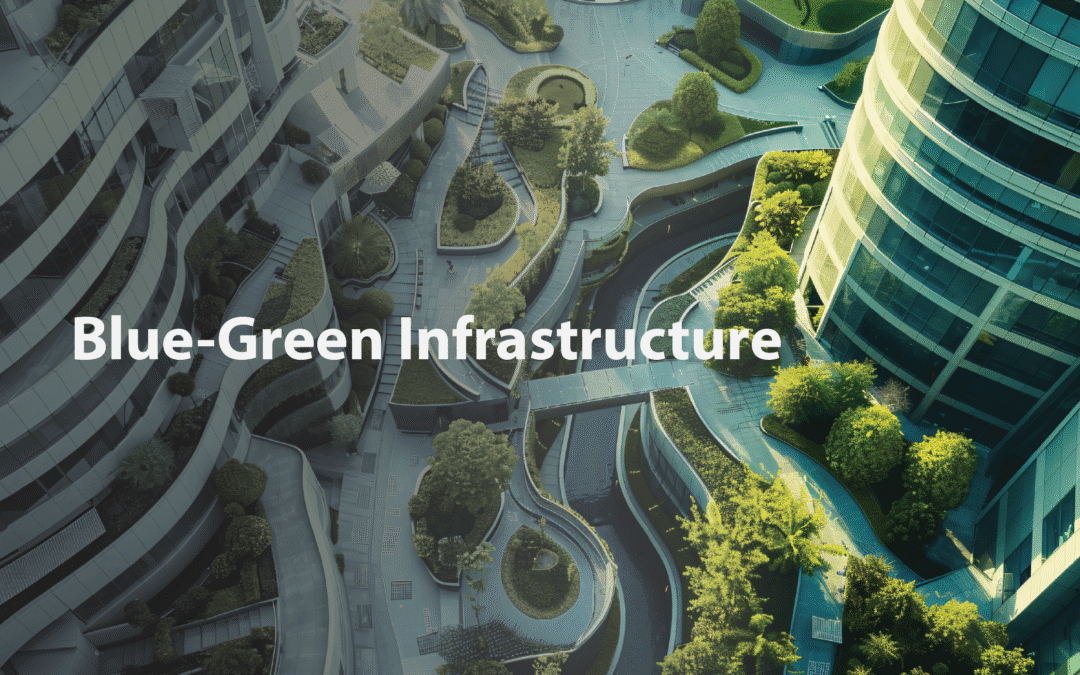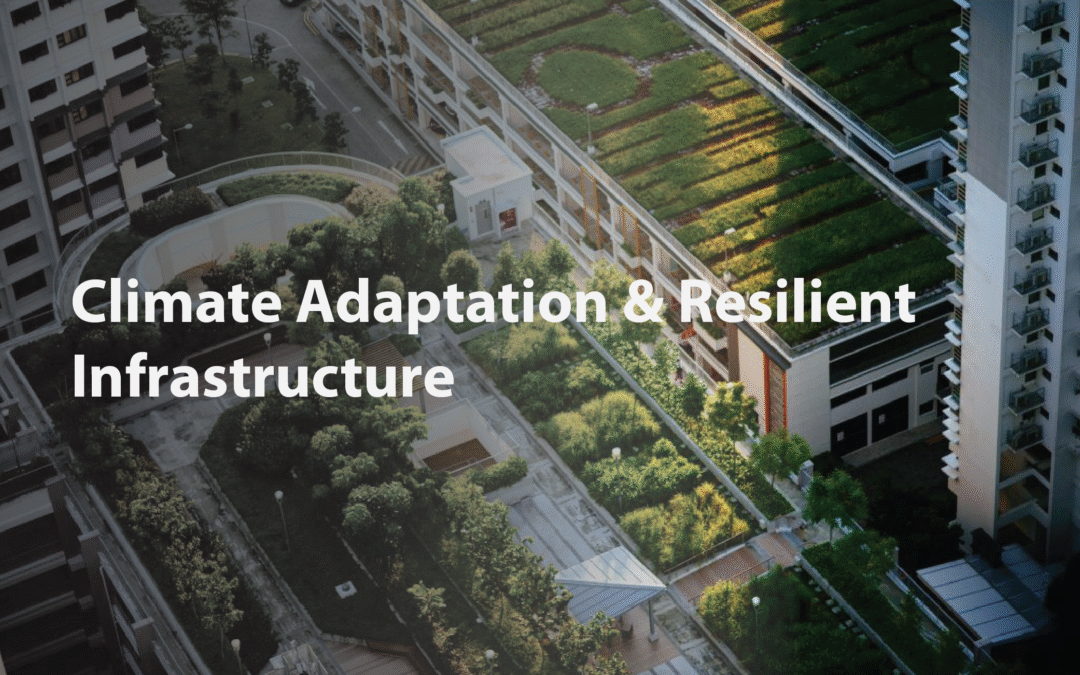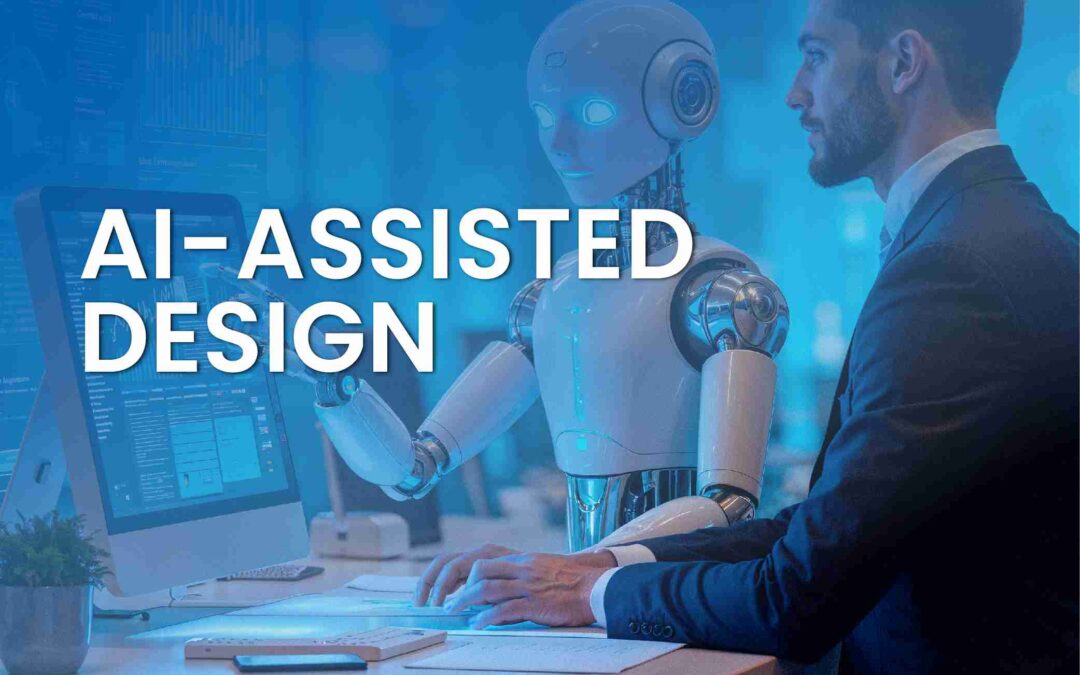Sustainable Engineering is more than a trend for today’s forward-thinking expert; It is a requirement to ultimately succeed in the field and stay ahead of the competition. Below, we’ll delve into sustainable engineering, including how it optimizes your operations, minimizes your environmental footprint, and drives new levels of efficiency, allowing you to make choices that pay off for both your operations and the earth.
What is Sustainable Engineering?
Fundamentally, sustainable engineering is the process of planning, creating, and managing systems and procedures to satisfy current demands without endangering the capacity of future generations to meet their own. Although this fundamental definition is essential, sustainable engineering is much more than just a concept to industry professionals; it is a framework for robust and successful operations in the real world.
Adopting environmentally sustainable engineering is a strategic necessity for today’s professionals, not just a moral decision. The tangible benefits are evident, ranging from navigating an increasingly complex landscape of environmental regulations and compliance to significant cost savings through optimized resource efficiency and reduced waste. Additionally, the growing demands of corporate ESG (Environmental, Social, Governance) in engineering means that investors, customers, and stakeholders now closely examine a company’s sustainability performance, making it a key driver for reputation, market access, and long-term financial health.
Crucially, the way professionals apply it is different from what you might find in academic circles. While universities often dive into theoretical models and the latest research, the real test for those in the industry is making these ideas work in the real world. Every day, professionals face challenges, including outdated infrastructure, tight budgets, supply chain issues, and the need to get everyone on board. That’s why having a practical approach is so important. It is all about tackling these real-world obstacles and focusing on solutions that are not just scalable and achievable but also economically sound and capable of making a real difference in everyday operations.

Sustainable Engineering Techniques in Practice
The genuine nature of low-impact engineering resides in its actual implementation, distinguishing it as a key differentiator in contemporary industry. This encompasses a range of methods, from modifying current frameworks to deploying advanced technologies. For example, case studies often emphasize the unique benefits and obstacles of upgrading older structures for energy conservation and minimizing environmental effects, frequently demonstrating greater sustainability than completely new builds. These practical instances provide essential perspectives on effective methods for incorporating sustainability into various project categories.
Importantly, contemporary sustainable design engineering depends significantly on sophisticated tools and software. Technologies such as Building Information Modeling (BIM) are essential for accurate energy modeling and performance assessment starting from the sustainable infrastructure design stage. In the same way, Life Cycle Assessment (LCA) tools allow experts to assess the environmental effects of materials and processes from beginning to end, facilitating better-informed and sustainable decisions.
The development of new materials is also a fundamental aspect of sustainable construction. The creation and use of alternatives, such as low-carbon concrete, lower embodied carbon emissions, while the greater utilization of recycled steel lessens the need for virgin resources and energy-heavy manufacturing. These material innovations provide concrete routes to a more circular and eco-friendly engineering and manufacturing industry.
Moreover, energy optimization methods are vital. Green Engineering techniques, such as waste heat recovery systems, collect and reuse energy that would typically be wasted, significantly enhancing overall efficiency. The incorporation of smart grids allows for more sophisticated energy distribution and usage, aligning demand with renewable energy sources while improving grid reliability. Collectively, these sustainable engineering solutions enable industry experts to drive sustainable changes throughout different sectors.
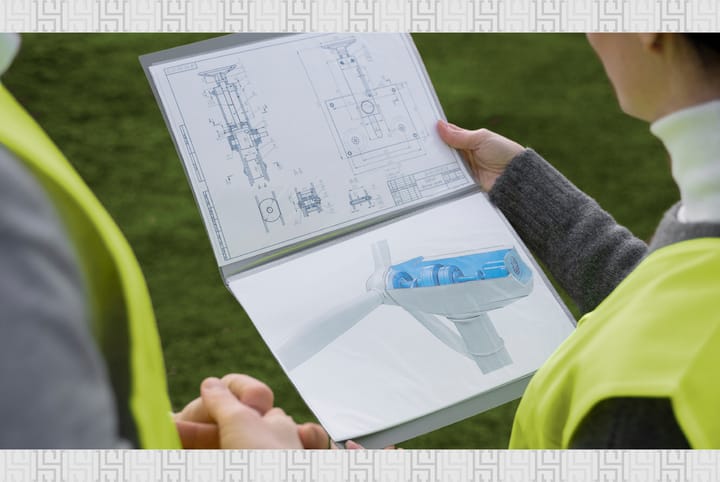
Overcoming Industry Challenges
Thriving in the field of sustainable engineering involves facing significant industry challenges. The main challenge is focused on cost barriers. Although the benefits of sustainable engineering practices are clear, the upfront capital expenditure sometimes appears to be higher than traditional practices. Hence, a careful return on Investment (ROI) calculation must be performed with attention, clearly showing how sustainable solutions result in greater long-term savings in the form of reduced operating costs, reduced energy spending, and increased asset worth, eventually overshadowing the upfront cost.
One of the primary challenges is crossing the regulatory hurdles. The new field of eco-friendly engineering is governed by evolving standards and certifications, such as LEED (Leadership in Energy and Environmental Design) and BREEAM (Building Research Establishment Environmental Assessment Method). Mastering them successfully requires a deep understanding of their requirements, proper documentation, and often collaboration with specialized consultants to ensure projects meet the requirements while their environmental goals are achieved.
Lastly, client resistance must be overcome. Clients would resist initially due to perceived additional costs or unawareness of the complete benefits of sustainable options. Communication is key here, emphasizing not just environmental stewardship but also pragmatic benefits such as improved building performance, occupant health and well-being, lower operating expenses, and potential market differentiation. Sustainability justification involves providing a compelling, open value proposition that resonates with the client’s long-term strategy and business objectives.
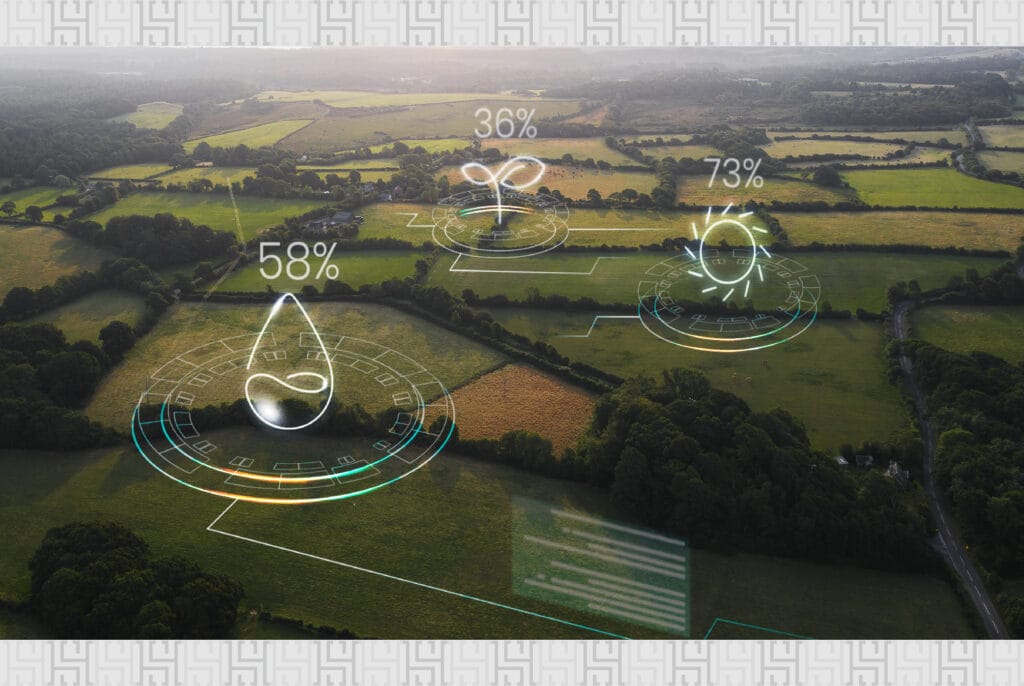
How to Implement Sustainable Engineering?
Implementing sustainable engineering requires a structured and systematic response to achieve lasting outcomes. You begin with a thorough audit of existing processes. That implies conscientious energy and waste mapping to identify hotspots of consumption and inefficiency. By understanding where you are, you establish a crucial baseline against which to measure every subsequent improvement.
Following the audit, the second key step is to set specific, measurable objectives. They must be specific to a percentage cut in carbon emissions, water use reduction, or diversion goal for waste. With these quantifiable objectives, there is a clear direction and actual progress, making sustainability move from an abstract concept to a business objective with clarity.
Effective implementation also includes collaboration with suppliers. Sustainability is not solely an internal process; it extends to the entire supply chain. Collaborate with your suppliers to source sustainable materials, such as recycled content or less environmental footprint. This coordination ensures that your commitment to sustainability is reflected in all areas of your project, promoting a more circular economy in engineering.
Finally, the system is closed-loop through continuous monitoring and reporting. Leverage existing technology, such as IoT sensors, to track real-time energy and water use and use centralized dashboards to present information. Regular reporting on key performance metrics not only keeps your project on track but also provides open evidence of your environmental performance, building trust with stakeholders and customers.
And now, you know everything about sustainable engineering. For more information, you can contact HS Group or Infra Construction by calling +971 2 650 7741.
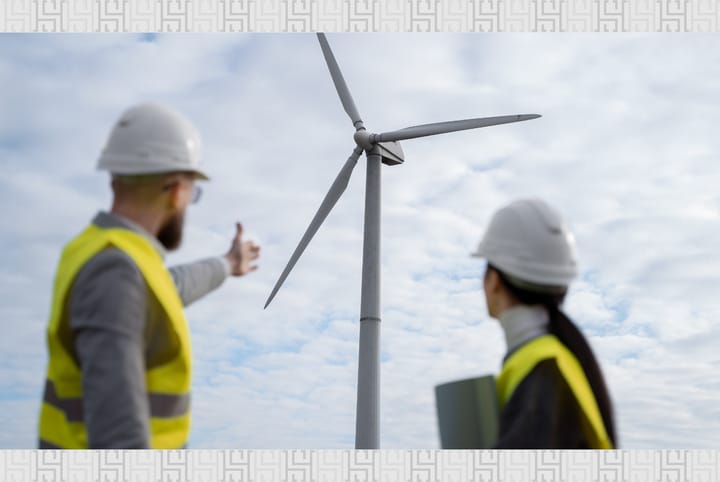
FAQ for Professionals
How Does Sustainable Engineering Reduce Long-Term Costs?
Sustainable engineering reduces long-term expenditure via optimized usage efficiency. By saving energy and water consumption, reducing waste, and utilizing durable, low-maintenance materials, the operation cost is significantly reduced over the asset’s lifetime. Such expenditures often provide a substantial Return on Investment (ROI) over the initial investment, an excellent long-term policy.
What’s the Simplest Sustainable Practice to Start With?
The simplest sustainable practice to start with is a general energy audit. This is a step of mapping your energy use to see where you’re using the most energy and wasting the most. It requires little upfront investment but provides you with hard data on where you can do the greatest good by replacing light bulbs with LEDs, insulating, or optimizing HVAC efficiency.
How to Convince Stakeholders to Adopt Green Engineering?
You need to highlight the return on investment, both financial and reputational. Present a clear business case that illustrates the long-term ROI from cost reductions for operation, potential tax credits or grants, and increased property value. Note also the enhanced brand reputation and market distinction from being a leader in sustainability can attract environmentally conscious clients and employees.

